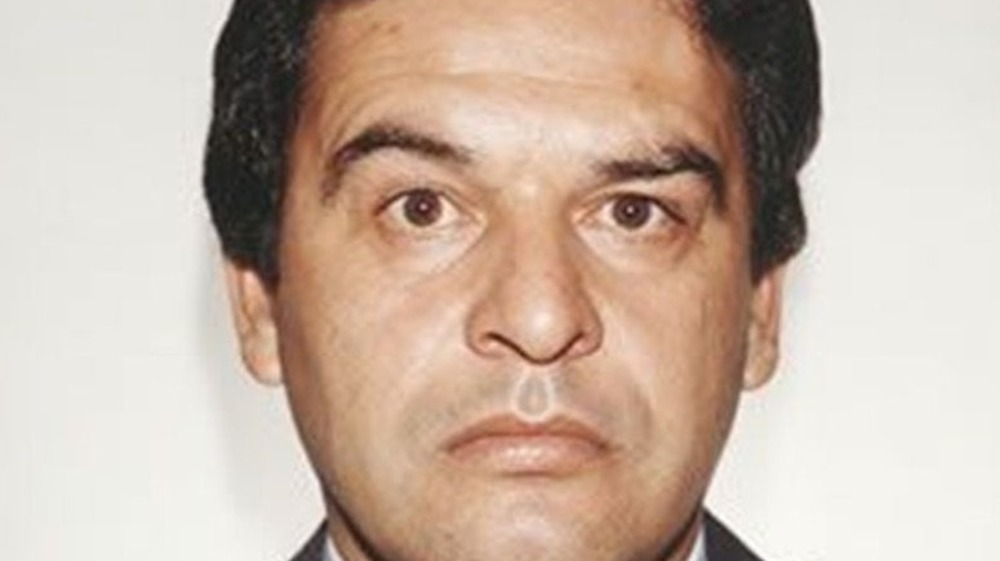The Tragic Death Of DEA Agent Kiki Camarena
When the War on Drugs set off in 1971, the U.S. government was leading the charge in trying to prohibit the sale, use, and transfer of illegal narcotics in the states. In order to maintain control and enforce these anti-drugs laws, a new federal agency was born. President Richard Nixon created the Drug Enforcement Administration (DEA) in 1973 in his crusade against drug trafficking and other drug-related offenses. The agency was responsible for pursuing offenders, and they deployed hundreds of special agents domestically and internationally. By the early '80s, Ronald Reagan was the new President and the agency was in full force. The Reagan administration would immediately expand the war on drugs, and the U.S. would later see a major increase in arrests and incarceration for drug use as he pushed for wide-scale crackdowns, per Britannica.
In 1981, the same year Reagan started his first term as president, the DEA sent their special agent Enrique "Kiki" Camarena to Guadalajara, Mexico. Camarena had been working at the agency since 1974, mostly in California, before his transfer south of the border (via DEA). His assignment: Work undercover to expose and bring down the cartel responsible for smuggling drugs across the U.S.-Mexico border. He worked on the case for four years, until 1985.
Kiki Camarena was tortured and murdered
In the early afternoon hours of February 7, 1985, Camarena was leaving his post based in the U.S. Consulate office in Guadalajara to meet with his wife. But on his way from the building to his vehicle, he was abducted by armed men who shoved him into a car. It would be the last time Camarena was seen alive. A manhunt would follow, but it would take a month before they discovered what happened to Camarena. On March 5, his body was found in a field in a town more than 50 miles from where he was taken, reported The New York Times. Also found was the body of his pilot, Zavala Avelar. Camarena, the Mexican-born agent and father of three, was 37 years old. On March 9, his body was flown from Mexico to the U.S. for his funeral (pictured above).
The two were in a decomposed state and showed signs of brutalization. The bodies were found wrapped in plastic, riddled with bullets, with blunt head injuries. It was later determined that Camarena was tortured before his death. In the aftermath of Camarena's death the DEA then launched their biggest homicide manhunt, Operation Leyenda ("Legend") (per DEA Museum and Visitors Center). It helped bring his killers to justice, and exposed Mexican police corruption. But the nature of Camarena's torture wouldn't be known until the following year.
Camarena's death changed the war on drugs
In 1986, American investigators came into possession of the tape that captured the torture of Camarena (via The Washington Post). The tape helped authorities identify Camarena's voice pleading with the culprits in his murder. The tape was also used in the federal trial against the three Mexican cartel bosses who ordered his kidnapping.
Ultimately, Camarena's death had a significant impact on the DEA in the years after, and turned a new page on just how violent the war on drugs was. It also soured U.S.-Mexico relations, and President Reagan exerted significant pressure on Mexico to put a stop to their drug traffickers (via Chicago Tribune).
The Red Ribbon Campaign was created to honor Camarena and to raise awareness about the dangers and effects of using drugs. The last week of October is known as National Red Ribbon Week to help combat youth drug use. The DEA would celebrate Camarena by posthumously bestowing him with their highest award: the Administrator's Award of Honor.


